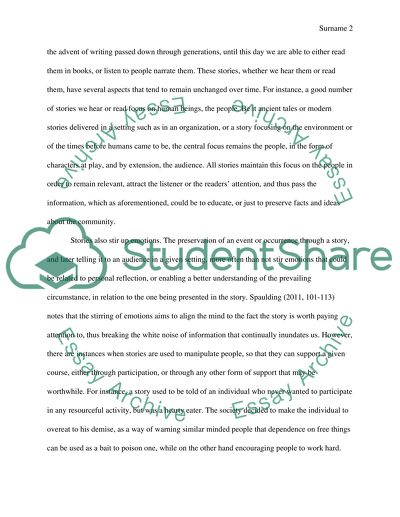Cite this document
(“How Do We Use Stories Essay Example | Topics and Well Written Essays - 1750 words”, n.d.)
Retrieved de https://studentshare.org/english/1695247-how-do-we-use-stories
Retrieved de https://studentshare.org/english/1695247-how-do-we-use-stories
(How Do We Use Stories Essay Example | Topics and Well Written Essays - 1750 Words)
https://studentshare.org/english/1695247-how-do-we-use-stories.
https://studentshare.org/english/1695247-how-do-we-use-stories.
“How Do We Use Stories Essay Example | Topics and Well Written Essays - 1750 Words”, n.d. https://studentshare.org/english/1695247-how-do-we-use-stories.


